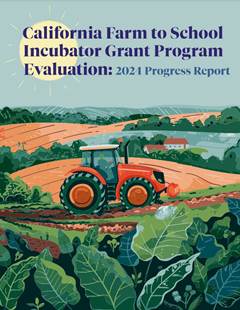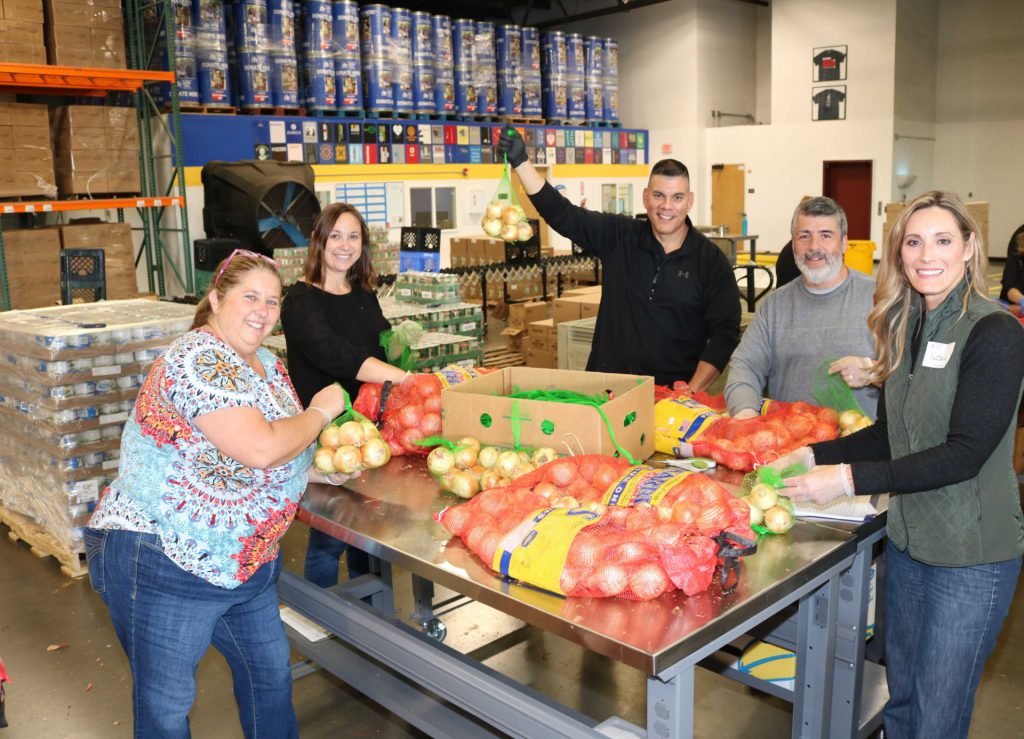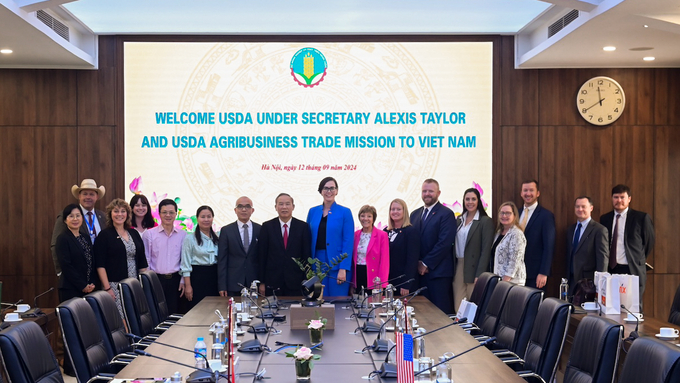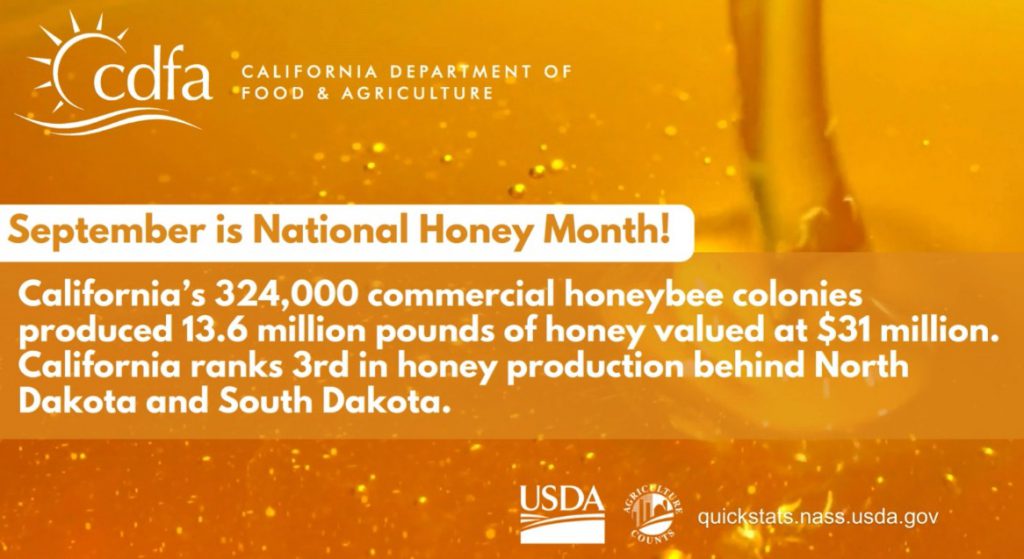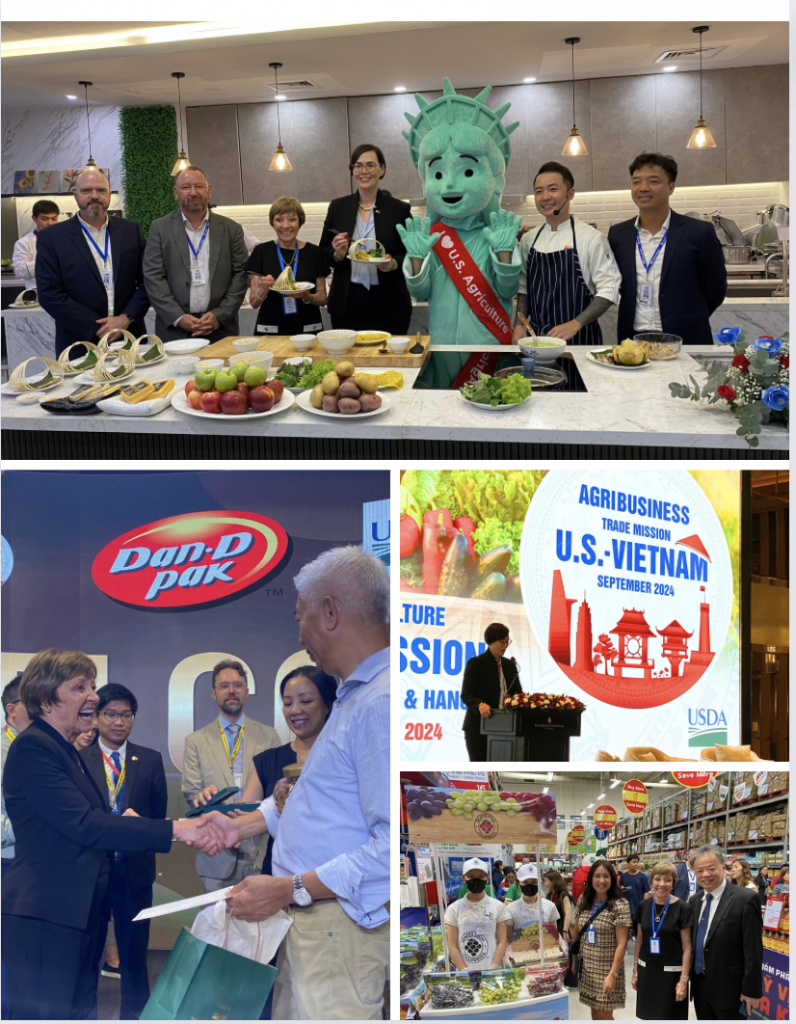In recognition of September as Guide Dog Awareness Month, CDFA’s Disability Advisory Committee has been welcoming furry, trained canine guests to agency headquarters. A recent event was a collaboration with the California Association of Guide Dog Users, a division of the National Federation of the Blind of California.
The session was led by association president Shannon Dillon, accompanied by her guide dog Irish, an eight-year-old German Shepherd.
Guide dogs are trained to assist people with disabilities, as defined by the Americans with Disabilities Act (ADA), and Shannon talked about how specifically dogs like Irish play an essential role in the lives of individuals who are blind or have low vision, which Shannon experiences.
Guide dogs can perform tasks that range from guiding their handlers safely through busy streets to helping them navigate daily obstacles. The dogs are trained to provide independence and mobility to people who are blind or visually impaired.
“The dog will stop at the curb, and I give it a hand motion to go right or left, and it helps me walk to the curb,” said Shannon. “They can also help find escalators and look for elevators. Guide dogs can know the word ‘elevator’ and they can find them.”
Shannon also discussed how guide dogs learn to work in crowds, locate a ramp at light rail platforms, identify empty seats on trains and buses, find counters and trash cans in unfamiliar spaces, navigate revolving doors, and help their handler manage safely in areas with no sidewalks or paths.
She highlighted the importance of understanding that guide dogs are working animals, not pets, and distractions like petting or making eye contact can interfere with their ability to assist their handlers. She therefore stressed the need for increased public awareness for the safety of handlers and their guide dogs.
Guide Dog Awareness Month is as a reminder of the critical work performed by these animals. Through the efforts of organizations like the California Association of Guide Dog Users, progress continues to be made toward greater inclusion and understanding.
As Shannon and Irish demonstrate, guide dogs are essential in maintaining the independence and safety of people with disabilities.
To learn more about guide dog programs or how to support these incredible animals, visit the National Federation of the Blind of California.




